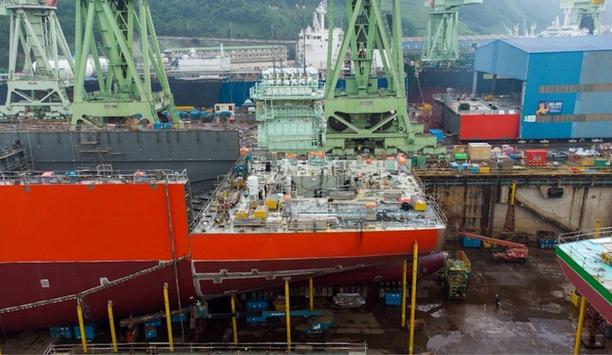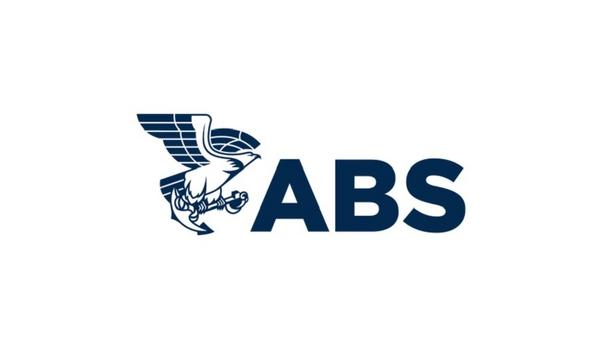From vast shipping containers to ocean-going yachts and uncrewed surface vessels, staying connected is more critical than ever. However, maintaining a robust data connection, on the move, can be a formidable task.
Tristan Wood, founder of Livewire Digital, explores the power of hybrid networking and how it can help people and vessels constantly on the move to stay connected in even the most remote waters.
Communication challenges
Communication on the move can present many challenges, especially when there is a need to operate over large, diverse areas or across global waters.
Cellular coverage can be limited just beyond the coastline, even in the most developed economies.
Need for a seamless communication structure
When it comes to communications operating across vast expanses of sea, the complexity escalates
Add to this the exponential demand for connectivity of new and emerging technologies, such as engine and fuel monitoring, machine-to-machine (M2M), port clearing and customs, remote maintenance, uncrewed and autonomous vessels, and it’s not difficult to see how the orthodoxy of current conventional infrastructure and business models are being challenged.
When it comes to communications operating across vast expanses of sea, the complexity escalates considerably, and the communication infrastructure must be capable of seamlessly integrating with many diverse networks.
The connected world is more demanding
From commercial shipping fleets, cruise liners, and luxury yachts and now increasingly on uncrewed surface vessels, reliable and robust connectivity has become integral to maritime operations. Traditionally, ocean-going vessels have relied on satellite communications for telephone and data services.
However, as the world becomes more connected, the demand for increased bandwidth and 'always on' Internet connectivity has surged from the bridge for navigation, security, and situational awareness, to guaranteeing uninterrupted connectivity to watch the latest blockbuster, or live stream a global sporting event.
Satellite IoT
Satellite IoT as demand for connectivity on the move grows to streamline operations, improve safety
In addition, commercial vessels, for example, are extremely large and complex structures. They are invariably crewed by up to 30 people, can reach around 400m in length, and accommodate technologies to manage propulsion, navigation, fuel management, remote maintenance and communications, and much more.
Much of this relies upon IoT, and of course, Satellite IoT as demand for connectivity on the move grows to streamline operations, improve safety, and protect the bottom line.
Complexities with communication
The grounding of Ever Green, in the Suez Canal in March 2021, which had huge cost and operational implications, and more recently the Red Sea crisis, where threats to sabotage cables threatened the international internet infrastructure, has only served to highlight the need for robust communications on the move.
However, the maritime sector still faces many challenges in managing communications effectively. With various satellite systems and service providers offering different benefits and coverage areas, coupled with the increasing availability of fast coastal cellular services and port/marina Wi-Fi systems inshore, the complexity of communications management becomes apparent.
Addressing the demand for seamless connectivity
Awareness and application of ‘bonding’ technology are nowhere near where they need to be
Some products attempt to address this by load balancing or switching, however, this does not optimise the use of the network to enable seamless communications. Despite recent advances in telecommunications technology - from 5G cellular services and disruptive low-cost LEO satellite services – there is no single network service that can address the exponential demand for seamless connectivity on the move.
Nor is there any provider that can offer a single comprehensive solution that can address coverage, bandwidth, reliability, and cost. Awareness and application of ‘bonding’ technology are nowhere near where they need to be as machines and people demand ever faster ‘always-on’ and ‘on the move’ connectivity.
Hybrid not failover
Satellite Communications on-the-Move (COTM) and Communications-on-the-Pause (COTP) have harnessed ever-evolving smart antennae design and promoted the use of multi-channel systems to improve resilience and optimise performance. Yet, because of its premium infrastructure, satellite communication can be perceived to be very expensive when compared with other types of broadband that offer similar or faster speeds.
The capacity for selective routing to satellite networks, alongside the ability to combine this with the power of all other available networks, lies at the heart of hybrid connectivity, and the many advantages it can offer – whether in offshore or inshore waters.
SD-WAN
Hybrid SD-WAN networking can agnostically combine and transition between the networks
At the core of hybrid is SD-WAN - a technology that uses software-defined networking concepts to distribute network traffic across a wide area network, or WAN.
This architecture creates a virtual overlay that bonds underlying private or public WAN connections, such as 4G & 5G cellular, LEO & GEO satellite, cellular, Wi-Fi, or land-based services like MPLS or DSL. As a result, hybrid SD-WAN networking can agnostically combine and transition between these networks.
Multiple network technologies
In truly hybrid - or ‘heterogeneous’ - networks, multiple network technologies therefore have to seamlessly work together, actively sharing the load and resources, by combining, and binding together a variety of bearers from cellular and LTE, to satellite and WiFi into a single ‘pipe’. In this way, it can deliver a faster and, crucially, more reliable service when on the move.
In practice, a hybrid platform goes several stages further than that, adapting to a range of other variables, depending upon each bearer’s performance and other environmental conditions affecting it at any one moment in time, to optimise performance and reduce costs, such as restricting the use expensive or inefficient bearers.
Hybrid connectivity and its impact
Cellular can take preference over satellite if the performance is adequate, thus reducing the costs
In a similar way to the least cost routing of voice calls, parameters can be set to allow for the most cost-effective bearer to be used if it’s good enough; for instance, cellular can take preference over satellite if the performance is adequate, thus reducing the costs of always using satellite.
A more in-depth analysis of hybrid connectivity and its impact on markets, far beyond just the telecommunications industry, can be found in Livewire Digital’s White Paper, The Future is Hybrid Connectivity, published recently.
Ubiquitous connectivity
As demand for reliable connectivity in global mobility markets, such as maritime, continues to grow, peak-time capacity and multi-dimensional networks that can draw upon the right options at the right time are more important than ever.
Ubiquitous connectivity on the move is set to become the default minimum for an increasingly interconnected world, in business, government, for those on the move, and in the home. To date, hybrid connectivity solutions have been based on switching or failover using classic routing techniques that operate well over fixed infrastructure.
Resilient service
Applying this technique to connectivity on the move for maritime operations, where the availability and characteristics of networks change rapidly, resulting in intermittent connectivity, poor performance, and difficulty in scaling, will no longer be acceptable, and no longer accepted by fleet owners, shippers, consumers, and regulators.
A technology that can seamlessly combine multiple networks, such as 4G, 5G, Wi-Fi LEO, and GEO satellite connections, into one fast, secure, and highly resilient service is already here. It is a ‘true hybrid’ solution and is being developed here in the UK for a rapidly changing world.











